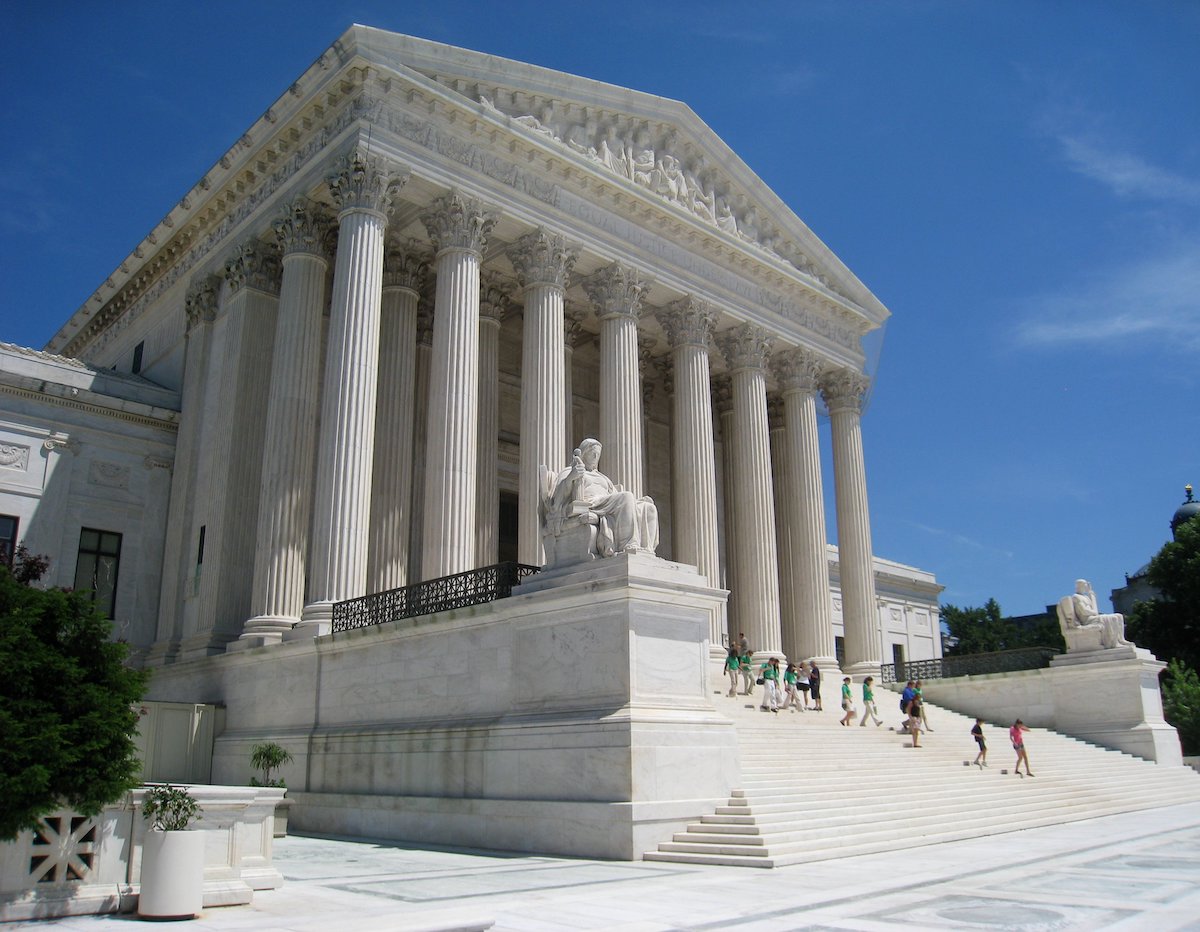
On the last day of its spring session, the U.S. Supreme Court ruled in a long-anticipated death penalty case, Glossip v Gross.
Though the case’s scope was narrow – only relevant to one drug used in a handful of state execution protocols – the oral arguments held in April unfolded with rare courtroom drama and revealed deep disagreement between the Justices about the death penalty in the United States.
The Court’s final ruling in favor of Oklahoma’s right to use the drug in question – midazolam – seemed to ignore the fact that the death penalty is falling into disuse around the country and that there is a growing consensus across the political spectrum that it is broken beyond repair. But those facts were not lost on the Court’s minority.
Justice Stephen Breyer, joined by Justice Ruth Bader Ginsburg, called for a “full briefing” on “whether the death penalty violates the Constitution.” In doing so, he wrote:
“In this world, or at least in this Nation, we can have a death penalty that at least arguably serves legitimate penological purposes or we can have a procedural system that at least arguably seeks reliability and fairness in the death penalty’s application. We cannot have both.”
EJUSA’s Shari Silberstein reiterated that catch-22 in the The Telegraph, saying “you simply can’t have a death penalty that is both fast and cheap and efficient and that tries to be fair and accurate and never gets the wrong person. The two things are fundamentally incompatible.”
Justice Breyer catalogued what he described as “fundamental constitutional defects” in the administration of the modern death penalty and added that “most places within the United States have abandoned its use.” Breyer ended the 41-page decision announcing, “I believe it highly likely that the death penalty violates the Eighth Amendment.”
The media has depicted Breyer and Ginsburg’s decision as a roadmap to the eventual and inevitable end of the death penalty in the United States, openly questioning when and from where the “full briefing” will take place.
At the end of the day, a five-Justice majority decided in favor of the State of Oklahoma, saying lower courts ruled properly that midazolam could be used in executions. Justice Samuel Alito, writing for the majority, said that defendants could not prove that the use of the drug in executions “entails a substantial risk of severe pain.” Alito – who, during oral arguments, accused repeal supporters of waging “a guerrilla war against the death penalty” – also reasserted that in order for methods of execution to be thrown out, defendants are obligated to recommend alternative forms of execution.
Justices Breyer, Ginsburg, and Kagan joined in a dissenting opinion written by Justice Sonia Sotomayor, highlighted by the idea that midazolam continues to leave inmates “exposed to what may well be the chemical equivalent of being burned at the stake.” Bustle provides a good break down of Sotomayer’s scathing analysis of the majority’s claims.
As the decisions were read, the Annual Fast & Vigil to Abolish the Death Penalty continued outside on the steps of the Supreme Court building, marking its 22nd anniversary and over 40 years since the Court temporarily halted use of the death penalty. EJUSA team members Sarah Craft and Mona Cadena joined the Vigil to share the story and celebration of Nebraska’s death penalty repeal and to hear from other repeal supporters from around the country.



